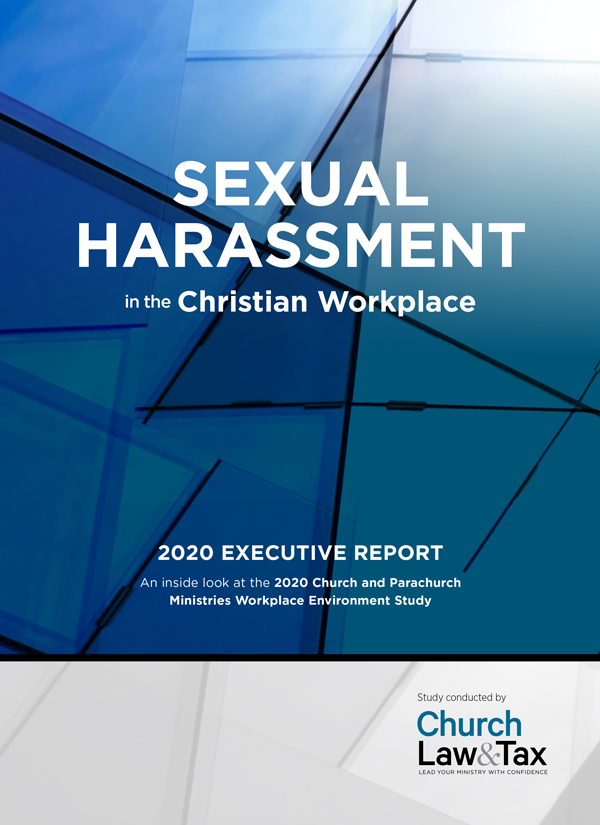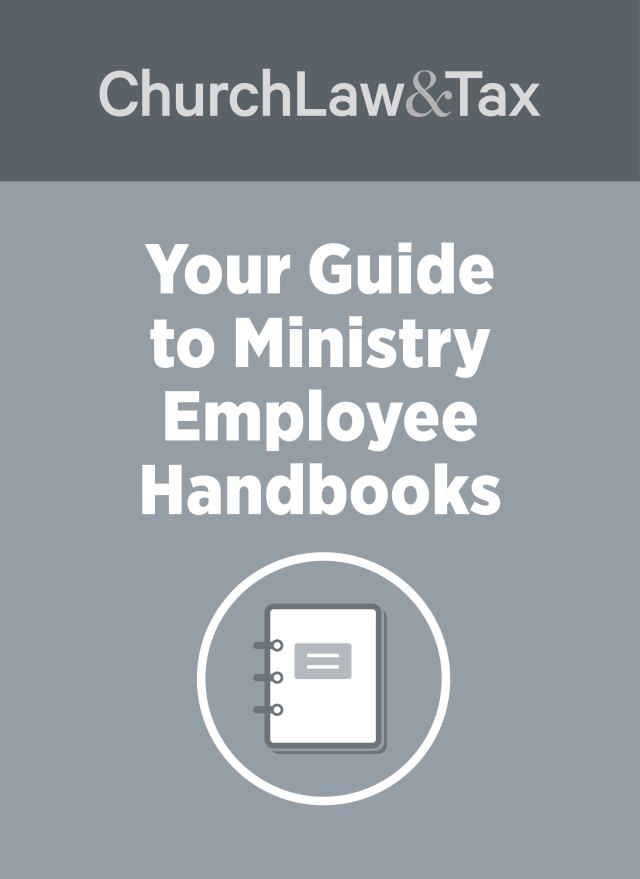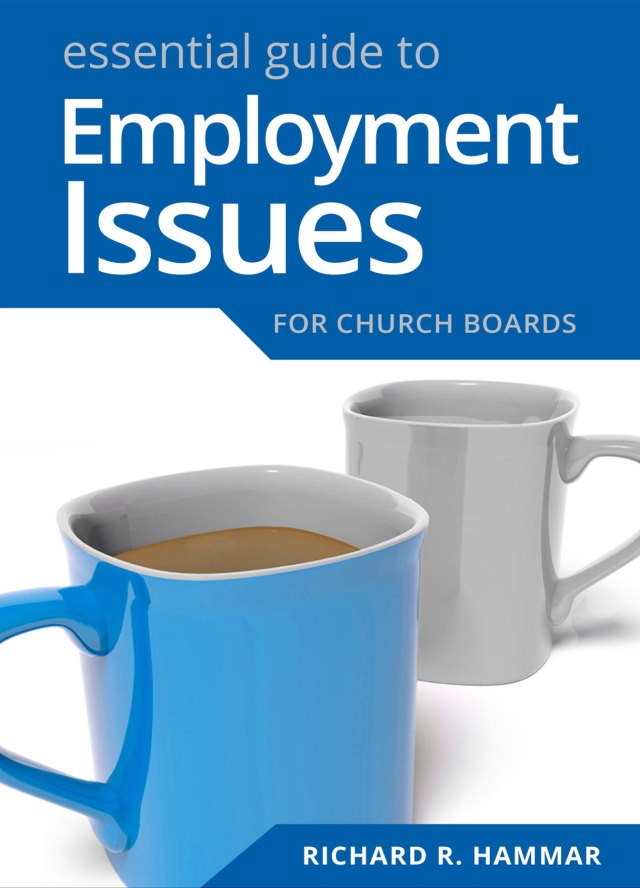Key Point 8-12.5 Sexual harassment is a form of sex discrimination prohibited by Title VII of the Civil Rights Act of 1964. It consists of both “quid pro quo” harassment and “hostile environment” harassment. Religious organizations that are subject to Title VII are covered by this prohibition. An employer is automatically liable for supervisory employees’ acts of harassment, but a defense is available to claims of hostile environment harassment if the employer has adopted a written harassment policy and an alleged victim fails to pursue remedies available under the policy. In some cases, an employer may be liable for acts of sexual harassment committed by nonsupervisory employees, and even nonemployees.
A federal court in Pennsylvania dismissed a sexual harassment lawsuit brought by a former religious hospital employee on the ground that the alleged offenses were not sufficiently severe or pervasive.
Title VII of the Civil Rights Act of 1964 prohibits covered employers (i.e., those with 15 or more employees that are engaged in interstate commerce) from discriminating against any employee or applicant “with respect to compensation, terms, conditions or privileges of employment, because of such individual’s sex.” Sexual harassment is a form of sex discrimination prohibited by Title VII.
The courts have identified two types of sexual harassment—”quid pro quo” and “hostile environment.” Quid pro quo harassment refers to conditioning employment opportunities on submission to a sexual or social relationship, while hostile environment harassment refers to the creation of an intimidating, hostile, or offensive working environment through unwelcome verbal or physical conduct of a sexual nature. In general, an employer is liable for a supervisory employee’s hostile environment sexual harassment.
A former female employee (the “plaintiff”) sued a denominationally affiliated hospital, claiming that she had been the victim of unlawful sexual harassment in violation of Title VII’s ban on sex discrimination in employment. She claimed that three brief comments by her supervisor and a nonsupervisory employee amounted to hostile environment sexual harassment. She conceded that she was relying on only these three incidents to establish her claim for sexual harassment, but she insisted that these instances were “representative of the overall environment” and that she was “subjected to this type of behavior on a daily basis.”
A federal district court dismissed the plaintiff’s sexual harassment claim. It began its opinion by observing:
To state a prima facie claim of hostile work environment sexual harassment, a plaintiff must plead that: (i) she suffered intentional discrimination because of her sex; (ii) the discrimination was severe or pervasive; (iii) the discrimination detrimentally affected her; and (iv) the discrimination would negatively affect a reasonable person in plaintiff’s position.
To rise to the level of actionable harassment, the workplace must be permeated with discriminatory intimidation, ridicule, and insult that was sufficiently severe or pervasive to alter the conditions of the victim’s employment and create an abusive working environment.
The court concluded that even if all of the plaintiff’s allegations were true, and “as inappropriate for the workplace as the conduct may be,” the plaintiff failed to establish a viable claim: “Simply put, on this record, this behavior does not rise to an actionable level. These three incidents, even when taken together, are neither sufficiently severe nor pervasive to establish a hostile work environment claim.” The court cited the following examples of prior cases in which the courts rejected sexual harassment claims: (1) ten incidents of alleged inappropriate harassment over a ten-year period was not sufficiently severe or pervasive, Davis v. City of Newark, 285 Fed. App. 899 (3d Cir. 2008); (2) the issuance of two letters of reprimand over a four-month period was not sufficiently severe or pervasive, Gonzalez v. Potter, 2010 WL 2196287 (W.D. Pa. 2010); (3) a male supervisor’s alleged comments to a female employee that “the last time I saw you, you were quiet, a virgin, and unmarried,” “when the cat’s away the mice will play,” and “you have good child bearing hips” were not sufficiently severe or pervasive, Porta v. Dukes, 1998 WL 470146 (E.D. Pa. 1998).
What this means for churches
Sexual conduct and speech of fellow employees may be offensive, but it will not necessarily constitute sexual harassment unless there is sexually offensive conduct in the workplace that is “sufficiently severe or pervasive to alter the conditions of the victim’s employment and create an abusive working environment.”
An employer may be liable for a supervisor’s acts of “hostile environment” sexual harassment even if it was not aware the acts were happening when they occurred. The basic rule may be stated as follows: If a supervisor creates an intimidating, hostile, or offensive working environment through unwelcome verbal or physical conduct of a sexual nature, this is “hostile environment” sexual harassment for which the employer will be legally responsible if the supervisor takes any “tangible employment action” against the employee. A tangible employment action includes “a significant change in employment status, such as hiring, firing, failing to promote, reassignment with significantly different responsibilities, or a decision causing a significant change in benefits.” The employer is liable under such circumstances whether or not it was aware of the harassment.
An employer may be liable for a supervisor’s acts of hostile environment sexual harassment even if it takes no tangible employment action against the victim. But, in such cases, the employer may assert an “affirmative defense” to liability. This defense consists of two elements:
1. The employer “exercised reasonable care to prevent and correct promptly any sexually harassing behavior.” This generally means that the employer adopted a written sexual harassment policy that was communicated to employees, and contained a complaint procedure.
2. The victim “unreasonably failed to take advantage of any preventive or corrective opportunities provided by the employer or to avoid harm otherwise.” This generally means that the victim failed to follow the complaint procedure described in the employer’s sexual harassment policy.
As a result, it is a “best practice” for a church with employees to adopt a sexual harassment policy, since this will serve as a defense to liability for a supervisor’s acts of “hostile environment” sexual harassment to the extent that a victim of such harassment does not follow the policy. Peacock v. UPMC Presbyterian, 2016 WL 890574 (W.D. Pa. 2016).


